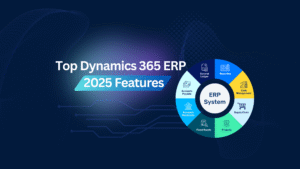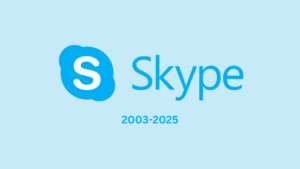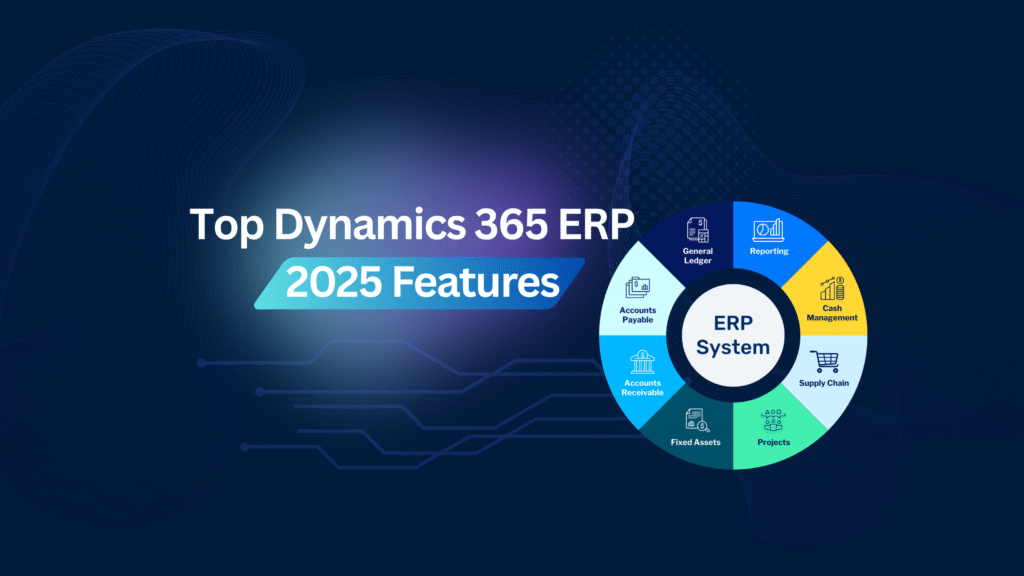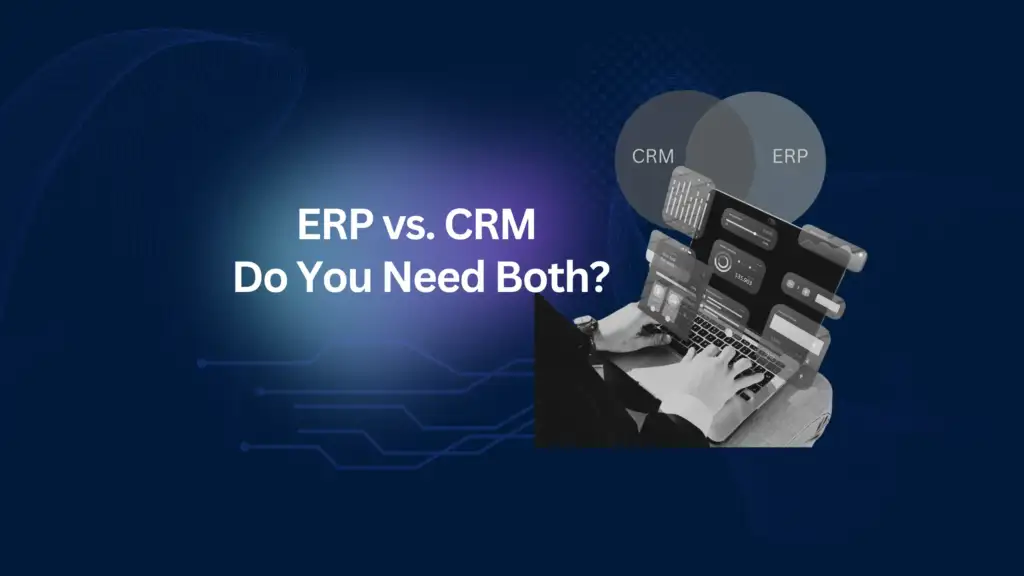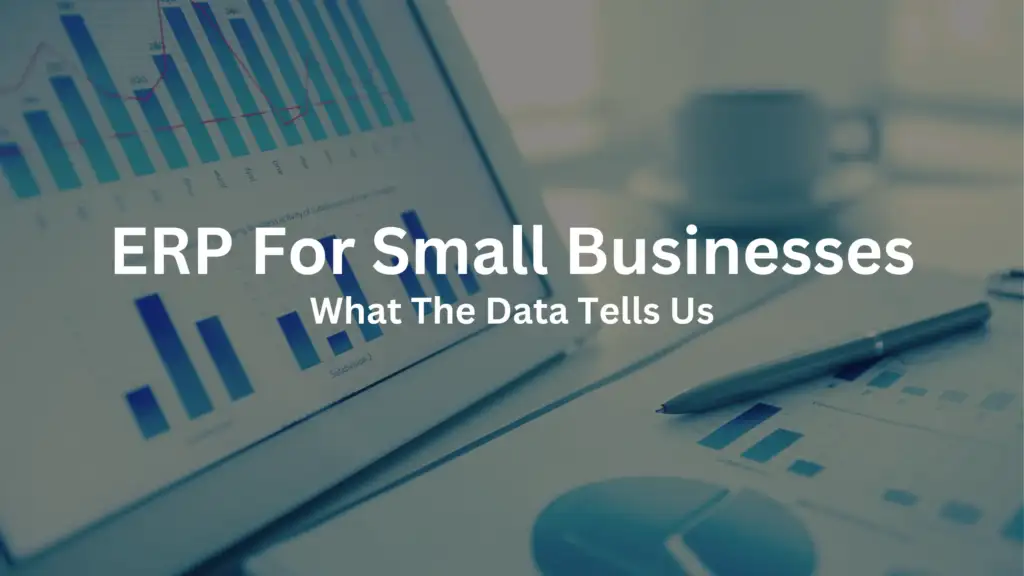Ehsan
Navigating Records Management & Canadian Privacy Laws: Why ISO 15489-1 and Microsoft Purview Matter
Listen here
Are you a Canadian business managing a ton of data? You’re not alone. Between customer details, employee records, and internal documentation, the amount of information organizations handle today is massive—and managing it properly isn’t just good practice, it’s the law.
In this post, we’re diving into records management in the Canadian context, and more importantly, how to do it right using international standards like ISO 15489-1 and powerful tools like Microsoft Purview.
Why Records Management Matters in Canada
When you’re handling personally identifiable information (PII), you’ve got to play by the rules—Canadian rules. At the federal level, that’s PIPEDA (Personal Information Protection and Electronic Documents Act). But don’t forget the provincial counterparts like BC’s PIPA or Alberta’s PIPA, each with their own nuances.
It can get complicated. But the good news is: you don’t have to start from scratch.
Enter ISO 15489-1: Your Blueprint for Good Records Management
ISO 15489-1 is a global standard that gives you a framework for managing records—whether they’re emails, contracts, HR files, or customer receipts. It doesn’t matter if it’s paper or digital. If it documents a business activity, it’s a record. And those records? They’re both evidence and assets.
To manage them properly, ISO outlines four key qualities:
Authenticity – Can you prove the record is legit?
Reliability – Is the content accurate and complete?
Integrity – Has it been tampered with?
Usability – Can you actually find and understand it when needed?
These qualities aren’t just best practices—they’re directly aligned with what Canadian privacy laws require.
How This Ties Into PIPEDA & PIPA
Let’s break it down:
Authenticity & Reliability help you prove you’re accountable for the data you hold.
Integrity supports your obligation to safeguard data from unauthorized access or tampering.
Usability ensures you can quickly respond to access requests (also known as subject access requests or SARs).
Canadian laws emphasize transparency, accountability, and risk management. ISO 15489-1 gives you the structure to meet those expectations head-on.
Metadata: The Unsung Hero of Privacy Compliance
Metadata is “data about data”—the context behind every record. It tells you when a record was created, by whom, and why. Under privacy laws, it can prove how and when you got someone’s consent to use their personal information.
If someone asks, “Why are you emailing me?”—you should be able to point to the metadata and say, “You opted in on this date, and here’s the checkbox you clicked.” That’s transparency.
Turning Theory Into Practice with Microsoft Purview
All of this sounds great, but how do you actually do it? That’s where Microsoft Purview comes in.
Purview is more than a data storage solution—it’s a full-on data governance and compliance platform. Here’s what it brings to the table:
Automatic Data Classification: Purview can scan your systems and identify sensitive data like SINs or credit card numbers.
Sensitivity Labels & Encryption: Automatically apply security based on the type of information.
Data Loss Prevention (DLP): Block sensitive info from being emailed or uploaded to public cloud platforms.
Retention Policies: Automatically delete data when it’s no longer needed.
E-Discovery Tools: Quickly find personal data if someone files a privacy request.
Audit Logs: See who accessed what and when.
You can even create trainable classifiers—teaching Purview what specific data looks like in your industry (like patient records in healthcare, for instance).
Real-World Example: A Canadian Manufacturing Company
Let’s say you’re a manufacturer in Canada. You collect employee SINs for payroll and customer credit card data through your e-commerce store.
With Purview, you can:
Classify SINs and credit card numbers as sensitive
Enforce DLP rules to stop accidental leaks
Set retention policies for HR records and customer files
Use e-discovery to respond quickly to privacy access requests under BC’s PIPA
Track access to sensitive files using audit logs
And yes—it’s all aligned with PIPEDA, provincial PIPAs, and even financial regulations from OSFI.
But Don’t Forget: People and Process Matter Too
Even the best tech won’t help if your team isn’t trained or your policies are outdated. Privacy is as much about culture as it is about compliance. Everyone in your organization should understand their role in protecting personal information.
Key Takeaway
Good records management is foundational to privacy compliance—and tools like Microsoft Purview make it achievable. It’s not just about avoiding fines; it’s about building trust with your customers, employees, and partners.
So ask yourself:
Are we managing our records smartly?
Are we fully compliant with Canadian privacy laws?
Are we using the right tools to reduce risk and improve efficiency?
If the answer is “not sure,” it might be time to take a closer look at your systems—and maybe give ISO 15489-1 and Microsoft Purview the attention they deserve.

